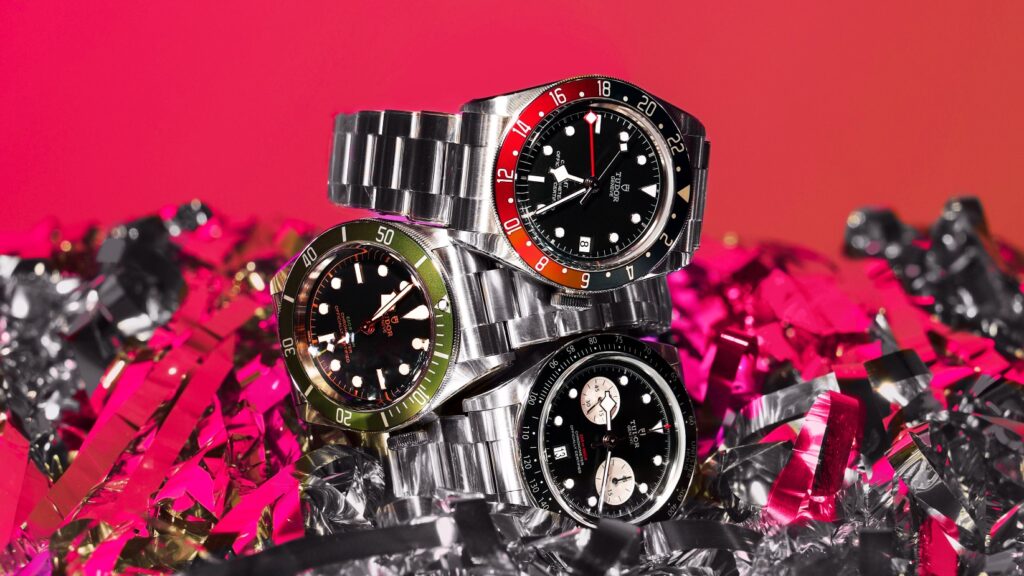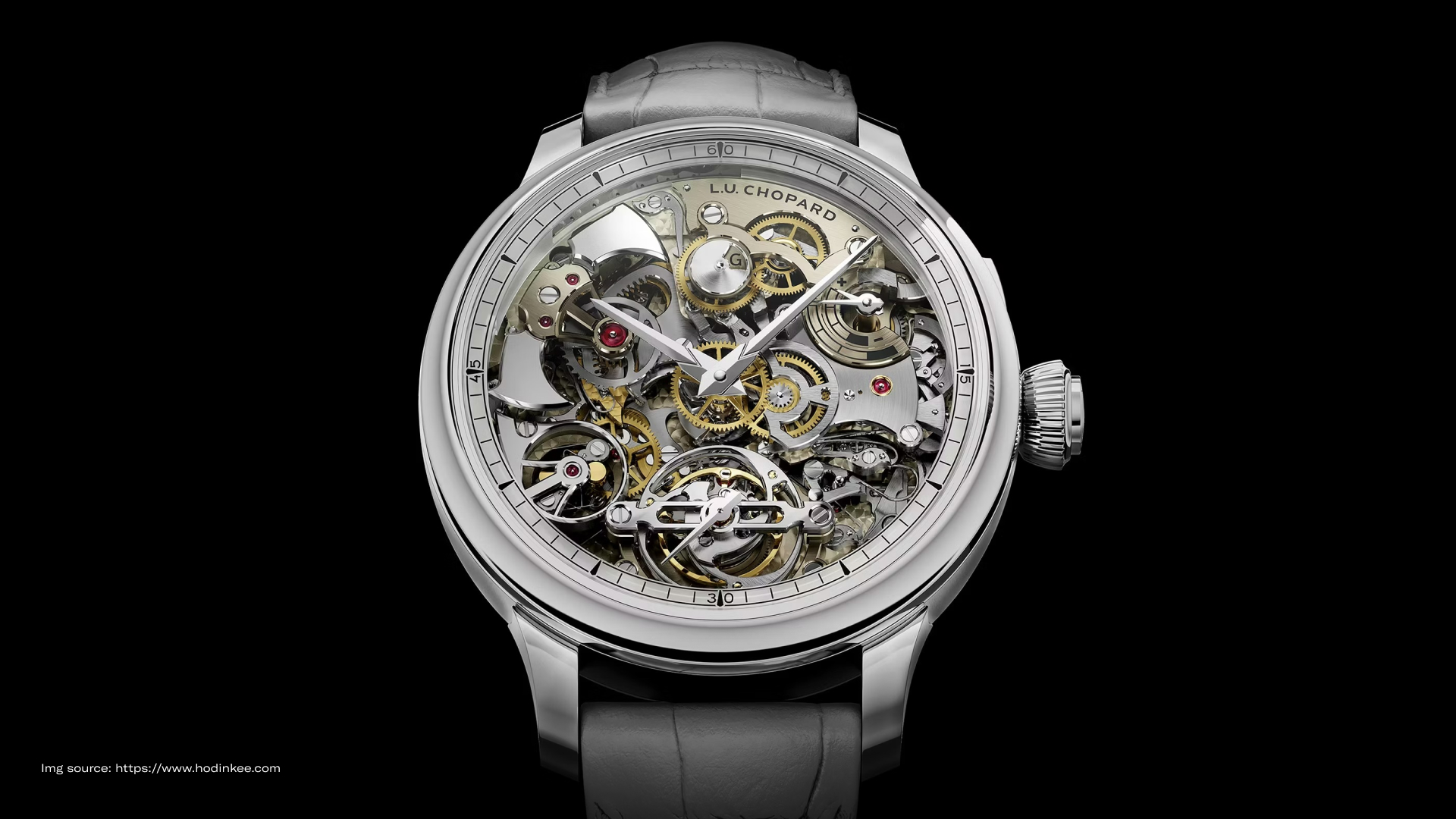If you enter the luxury watches industry for the first time, you will quickly discern the many types of watches available to you, each possessing distinct attributes and qualities.
The sheer diversity of watch options can be overwhelming, particularly for those new to the world of horology. Therefore, before your first watch purchase, you must acquaint yourself with the various categories of timepieces.
Watches are categorized based on their movement, style, and functionality, encompassing an array of options for the discerning buyer. To clarify the types of watches you should be familiar with before purchasing, let us delve deeper into this fascinating world.
Table of Contents
ToggleTypes of Watches by Movement
When researching wristwatches, you’ll come across three common types of movements: Quartz, Mechanical, and Automatic. These movements each have their unique qualities and uses.
1. Quartz
One of the standout features of a Quartz watch is its remarkable accuracy and low maintenance requirements. A Quartz movement replaces the traditional mainspring barrel of mechanical watches with a small battery.
This battery sends an electrical charge through an integrated circuit to an oscillating tuning-fork-shaped quartz crystal. This crystal vibrates 32,768 times per second, significantly faster than the 3 or 4 times per second oscillation of most mechanical movements.
This rapid vibration drives the watch hands with exceptional precision, resulting in an accuracy of around ±15 seconds per month. Quartz movements are also cost-effective and typically require a battery replacement every 2-3 years.
While Quartz movements are often associated with brands like Seiko, several other well-known watchmakers also incorporate Quartz movements into their timepieces, such as Rolex with its Oysterquartz Datejust, Omega’s Prestige Quartz, and many more.
2. Mechanical
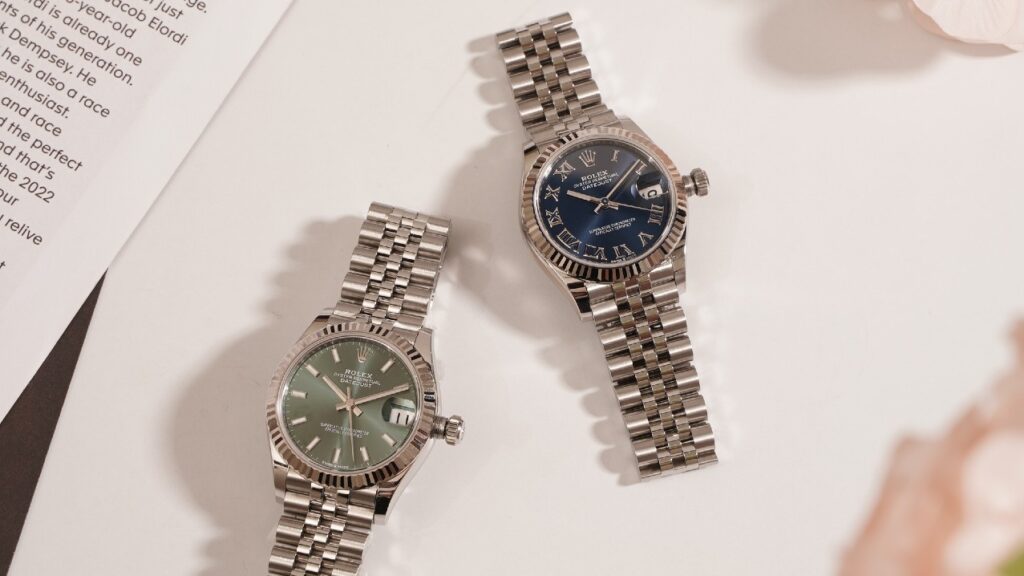
Before the advent of Quartz technology, watchmakers relied on mechanical movements to craft timepieces. Mechanical watches are renowned for their intricate assemblies of small components that collaboratively drive the timekeeping mechanism.
Mechanical watches hold a special place in horological tradition, serving as ideal examples of watchmaking as a technical art, setting them apart from the precision of Quartz watches.
A key advantage of mechanical timepieces lies in their self-sufficiency; they don’t necessitate a battery and operate through periodic hand-winding. This operation offers an accuracy of approximately +/- 20 seconds per day.
Moreover, the charm of mechanical watches extends beyond their precision. Their intricate, aesthetically pleasing structures make them captivating to behold.
However, it’s important to note that, in comparison to other types of watch movements, mechanical watches typically come with a higher price tag.
3. Automatic
Automatic watches are a prime example of self-winding timepieces that harness kinetic energy for operation. These watches maintain their power through an oscillating weight that swings with the natural motion of the wearer’s wrist, consistently winding the movement’s mainspring.
Like mechanical movements, automatic movements provide accuracy typically within the range of +/- 20 seconds per day.
The appeal of watches with automatic movements lies in their user-friendly nature. Wearers can enjoy worry-free timekeeping without the need to wind the watch daily, as the continuous motion of the watch on one’s wrist ensures it remains in operation.
Furthermore, automatic watches come in various styles to suit different budgets, making them accessible to watch enthusiasts at all price points.
The distinctive feature of automatic watches lies in their self-winding mechanism. If you wear the watch regularly, it will automatically wind itself, eliminating the need for daily manual winding.
In essence, as long as the watch remains on your wrist, it will continue to tick with unwavering accuracy.
Types of Watches by Functionality
Watches are distinguished not only by their movements but also by their functionalities. While the primary purpose of a watch is timekeeping, the luxury watch industry has continually expanded and evolved over the years.
In contemporary times, a wristwatch serves a purpose beyond mere time-telling, offering a range of additional functions. It is for this reason that watch categories are further categorized based on these distinct functionalities.
1. Analog
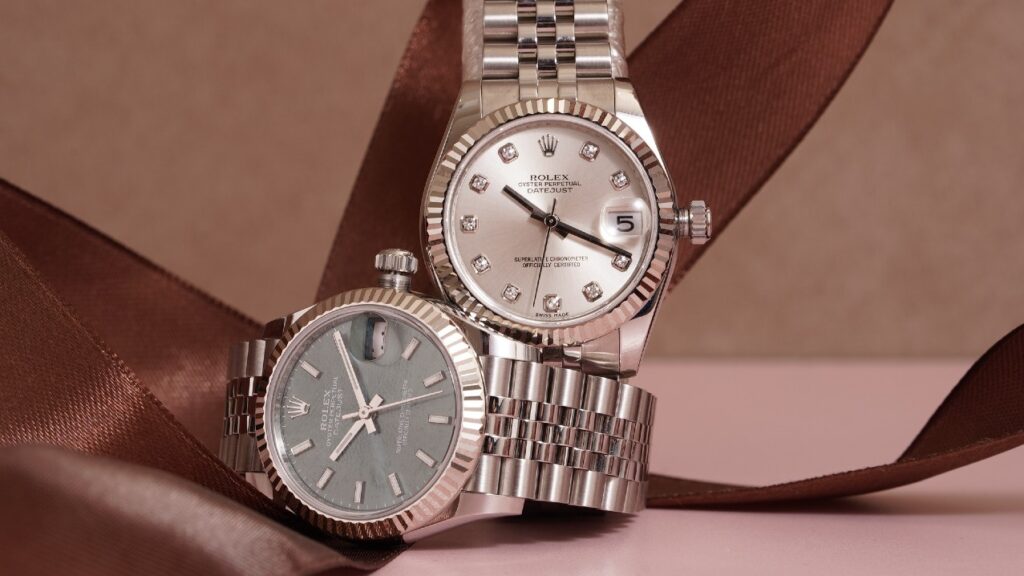
Analog watches are one of the most common types of timepieces in the horological landscape. Often called “conventional watches,” they rely on a dial adorned with hours, minutes, and seconds hands to indicate the time.
These watches have earned popularity among individuals who appreciate the classic method of timekeeping and prefer a touch of elegance when attending social events of various kinds.
The hallmark of an analog watch is its traditional clock face. For beginners, analog watches hold a unique appeal due to their straightforward and easily readable design. They embody simplicity without unnecessary complexity while exuding an air of sophistication.
Typically, analog watches employ a three-hand movement, much like a traditional clock, which appeals to a broad spectrum of watch enthusiasts with varying budgets.
2. Digital
Individuals with fast-paced lifestyles and demanding schedules can derive substantial advantages from using digital timepieces.
These watches have various contemporary and highly functional features, including GPS, pedometers, calendars, and more. Some models also incorporate timers, stopwatches, and alarms into their design.
The defining feature of digital watches is their electronic display, rendering them ideal for professionals with high mobility and an excellent complement to work attire.
3. Chronograph
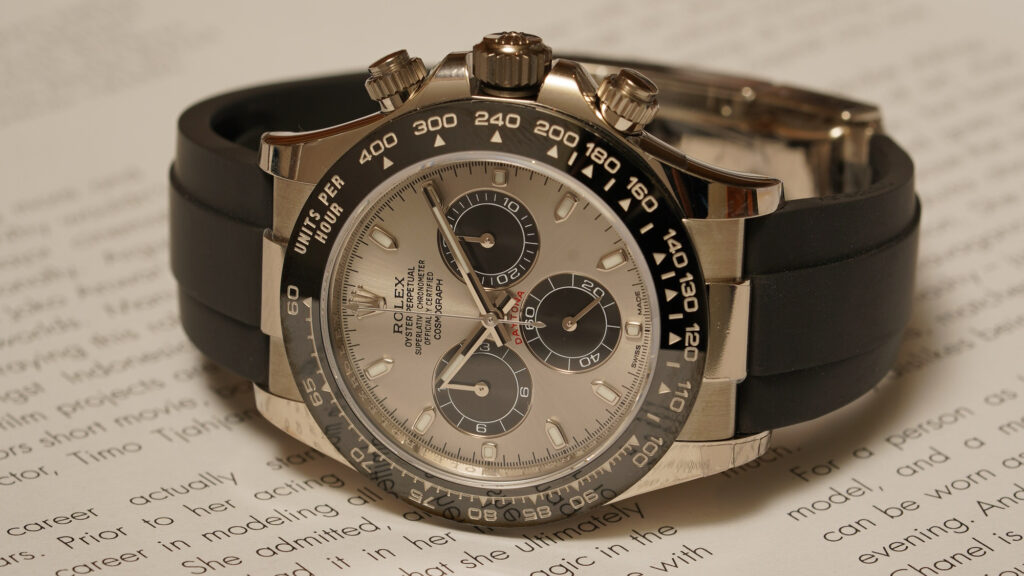
A chronograph, in its essence, is a stopwatch used for measuring elapsed time intervals. It can be easily recognized by the presence of two or three smaller sub-dials on the watch face and two push buttons that initiate and stop the chronograph function, all without affecting the primary watch function.
Chronograph watches not only serve a functional purpose but also possess an inherent cool factor due to the intricacies embedded in their dials. They come in various styles, with some models designed for formal occasions and others tailored for sports and athletic pursuits.
However, most chronograph watches are versatile everyday timepieces that effortlessly complement a wide range of outfits.
Conversely, a chronograph watch boasts a higher degree of complexity and functionality. It allows the user to start, stop, reset, and initiate the chronograph function again, providing a range of timing capabilities.
While these additional features enhance the watch’s utility, they may appear perplexing to newcomers in watch collecting.
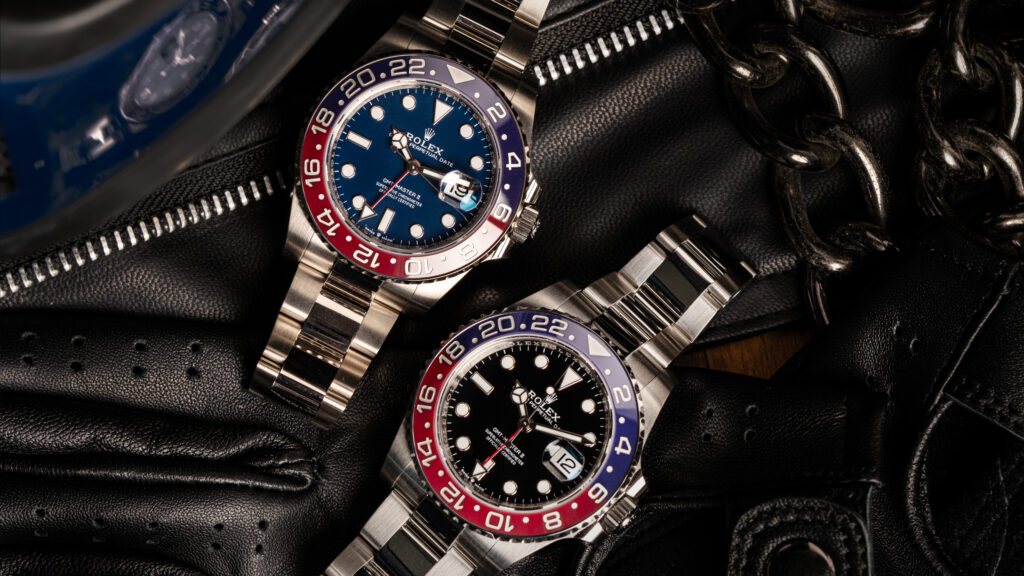
Apart from distinguishing watches by their movement and functionality, there are numerous ways to categorize them, including their style and design.
When considering style, watches are sorted based on their visual aesthetics. This visual aspect determines whether a watch falls into the category of dress watches, military watches, sports watches, skeleton watches, diver watches, and so forth.
For newcomers in the watch-buying realm, the primary category to consider is often based on movement or functionality.
As you build your watch collection, you’ll gradually become acquainted with the diverse styles of watches, making it easier to select the category that aligns most with your personal style.
Whatever type of watch you seek, you’ll find a diverse selection at Luxehouze. Luxehouze is a premium marketplace for luxury goods, offering a wide array of luxury watches from renowned global brands. All items at Luxehouze are guaranteed to be 100% authentic and come at the best prices.
If you prefer to browse Luxehouze’s collection in person, you can visit the Luxehouze Jakarta Boutique, conveniently situated at Prosperity Tower, unit 8AF, SCBD, South Jakarta. Your journey to acquiring your first luxury watch begins at Luxehouze!
